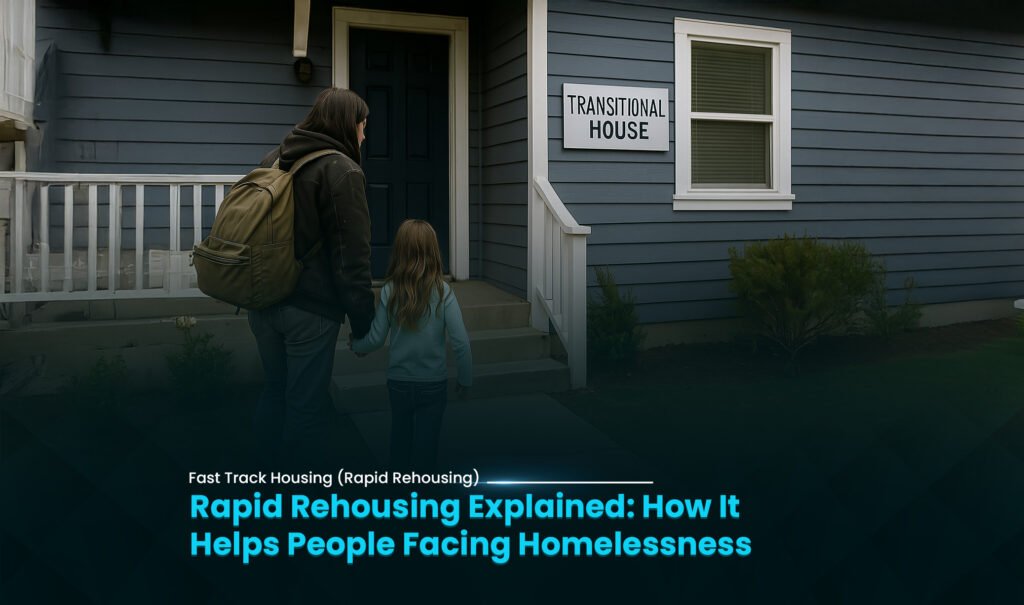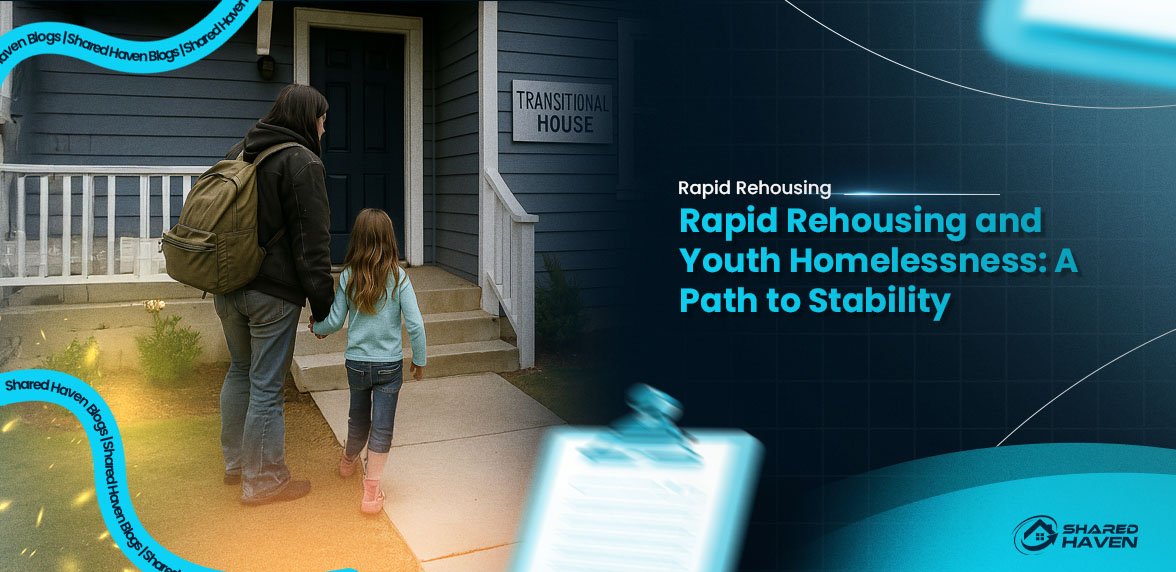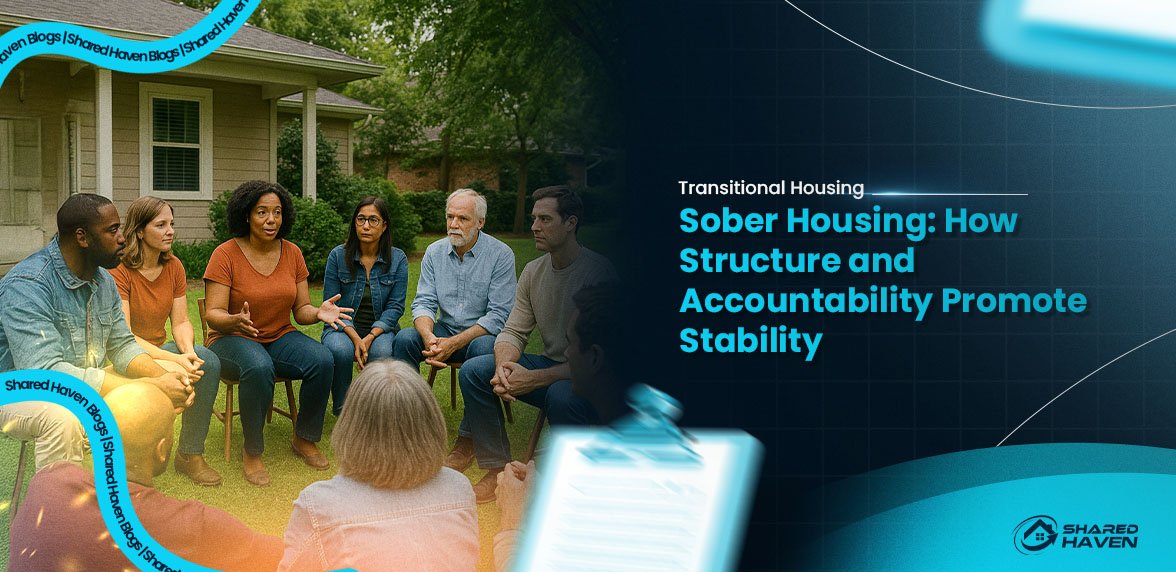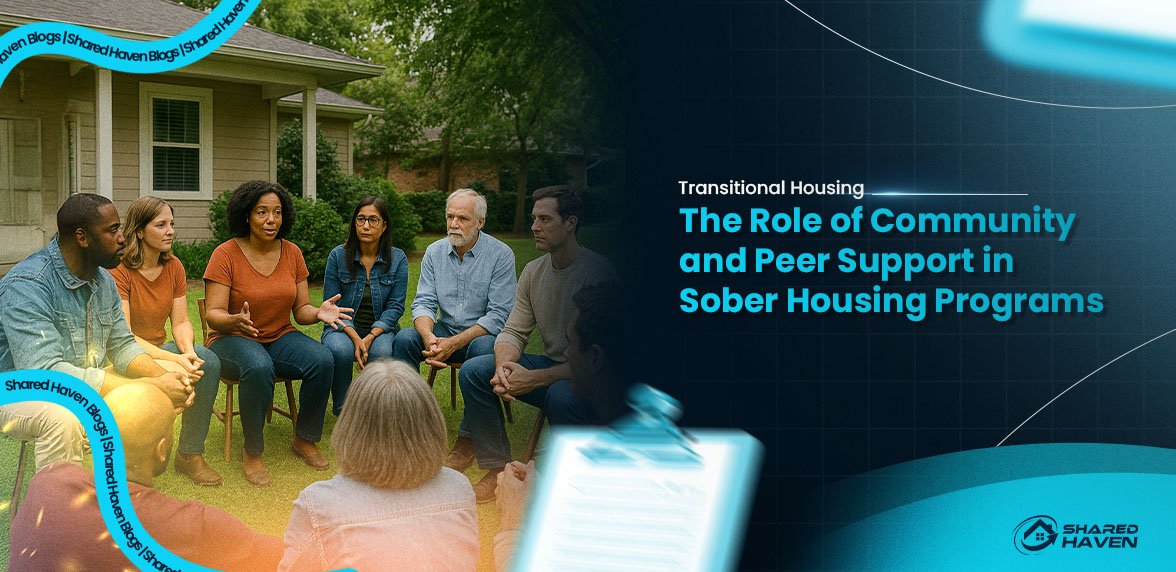Rapid Rehousing: A Pathway to Lasting Stability
Homelessness, unfortunately, presents profound challenges. Individuals, consequently, often feel isolated. They, furthermore, lack basic security. The traditional response, however, often focused on long waits. It, moreover, involved multiple steps. However, a more dynamic solution has now gained prominence. This approach is called Rapid Rehousing. This method quickly moves people into stable homes. additionally, offers personalized support. It, therefore, addresses the immediate crisis. It, moreover, also fosters long-term stability. This blog will explain Rapid Rehousing. You will, consequently, learn its fundamental principles. You will, furthermore, understand how it provides vital assistance.
The Evolution of Homelessness Services
Historically, services for people experiencing homelessness followed a linear path. First, individuals would enter emergency shelters. Next, they might move to transitional housing. This stage, furthermore, offered more intensive support. Finally, the goal was permanent housing. While these services are valuable, they, however, often involved long waits. This could, consequently, prolong the experience of homelessness. The focus, therefore, began to shift. The aim became faster, more efficient solutions.
What Defines Rapid Rehousing?
Rapid Rehousing is an intervention. It, therefore, helps individuals and families. They are, moreover, experiencing homelessness. It moves them quickly into permanent housing. It, additionally, provides time-limited financial assistance. Crucially, it also offers tailored supportive services. These services, furthermore, address individual needs. The core idea is straightforward. Stable housing, consequently, provides a necessary foundation. Once housed, people can then effectively address other life challenges.
The Essential Pillars of Rapid Rehousing
This innovative approach rests on three critical pillars. Each component, moreover, works synergistically. They, therefore, ensure comprehensive support.
1. Housing Identification and Landlord Collaboration in Rapid Rehousing
The first pillar involves finding suitable housing. Programs, therefore, actively identify available units. They, furthermore, build strong relationships with landlords. This, consequently, facilitates quick placement. They, moreover, often have established networks. This, thus, speeds up the process significantly. Landlords, consequently, receive assurances. This, thereby, minimizes their risk. It, furthermore, benefits both parties.
2. Time-Limited Financial Assistance
The second pillar provides financial aid. This, consequently, helps clients overcome immediate barriers. It, moreover, covers move-in costs. This, furthermore, includes security deposits. It, additionally, also pays for initial rent payments. This assistance is not open-ended. It is, instead, time-limited. It, therefore, empowers clients. They, consequently, gradually assume full financial responsibility. This, thus, fosters self-reliance.
3. Individualized Supportive Services in Rapid Rehousing
The third pillar focuses on personalized support. Case managers are, therefore, central to this. Furthermore, work closely with clients. They, moreover, conduct thorough assessments. They, consequently, identify specific needs. Services are, thus, flexible and adaptable. They, for instance, include job search assistance. They, furthermore, offer budgeting help. Mental health referrals are, moreover, common. Substance abuse counseling is, additionally, also available. This ongoing support, consequently, helps clients maintain their housing. It, moreover, strengthens their overall well-being.
The Foundational Philosophy: Housing First
Rapid Rehousing is built upon the “Housing First” philosophy. This means permanent housing is the immediate priority. It is not, furthermore, contingent on sobriety. It does not, moreover, require participation in specific programs. People are, consequently, housed quickly. Then, they receive support. This approach, therefore, recognizes human dignity. It, moreover, also addresses the most urgent need. This rapid placement, consequently, significantly reduces trauma. It, furthermore, allows individuals to stabilize.
Key Advantages of Rapid Rehousing
This approach has demonstrated remarkable success. Its benefits, moreover, are numerous and far-reaching.
Reduces the Experience of Homelessness
Rapid Rehousing directly tackles homelessness. It moves people off the streets swiftly. This, furthermore, minimizes the duration of the experience. It, additionally, reduces exposure to dangers. It, moreover, also alleviates immense psychological stress.
Enhances Well-being and Stability
Once housed, individuals can focus on recovery. can, therefore, address health issues. They can, furthermore, access mental health care. They can, moreover, pursue education. This newfound stability, consequently, promotes overall well-being. It, therefore, creates a platform for personal growth.
Promotes Self-Sufficiency and Independence
The time-limited nature of financial aid encourages clients. They, therefore, work towards financial independence. The supportive services, furthermore, equip them with tools. They, consequently, learn to manage their lives. They, moreover, become responsible tenants. This, thus, fosters long-term self-sufficiency.
Cost-Effectiveness of Rapid Rehousing
Studies, consistently, show its efficiency. Rapid Rehousing is often more affordable. It costs less than prolonged shelter stays. It is, furthermore, also cheaper than extensive transitional programs. Reducing the length of homelessness, consequently, saves public funds. It, therefore, optimizes resources effectively.
Who Is Best Served by Rapid Rehousing?
This versatile approach benefits many diverse populations.
Families with Children
Children, moreover, thrive in stable environments. Rapid Rehousing quickly provides this. Furthermore, minimizes disruption to schooling. It, additionally, reduces the trauma of homelessness for young ones. It, consequently, helps keep families together.
Individuals Experiencing Recent Homelessness
People who are newly homeless, moreover, benefit greatly. Rapid Rehousing prevents chronic homelessness. It, furthermore, offers a swift intervention. It, consequently, helps them regain their footing quickly.
Survivors of Domestic Violence
Victims, additionally, require immediate safety and privacy. Rapid Rehousing facilitates a rapid move. It, furthermore, secures private housing options. This, consequently, offers more security than communal shelters.
People with Disabilities
Individuals facing disabilities, whether physical or mental, gain stability. They, therefore, receive housing first. Then, they get tailored support. This, consequently, enables them to manage their conditions effectively. It, furthermore, supports independent living.
The Journey Through a Rapid Rehousing Program
Understanding the typical steps helps clarify the process.
1. Coordinated Entry Assessment
First, you connect with a local homeless service system. An assessment, therefore, determines your needs. It, furthermore, identifies your eligibility for Rapid Rehousing. This, consequently, ensures equitable access to services.
2. Housing Identification
Next, a case manager helps you search. furthermore, assist with housing applications. They, moreover, contact landlords on your behalf. They, consequently, help find a suitable, affordable unit.
3. Lease Signing and Financial Assistance
Once a unit is secured, the lease is signed. The program, therefore, provides financial aid. This, furthermore, covers the security deposit. It, additionally, also pays for initial rent. This, consequently, helps you get settled.
4. Move-in
You, moreover, move into your new home. This is a pivotal moment. It, furthermore, signifies a fresh start. Stability then begins to take root.
5. Ongoing Case Management and Support
Finally, support continues after move-in. Case managers, therefore, meet regularly. They, furthermore, provide tailored assistance. They, moreover, connect you to community resources. This ongoing support, consequently, helps you maintain your housing. It, moreover, guides you towards full independence.
Essential Support Services in Rapid Rehousing
The supportive services are highly individualized. They, moreover, address specific barriers.
Financial Literacy: Education on budgeting and saving is crucial. This, therefore, helps clients manage their finances. It, moreover, prevents future housing crises.
Employment Assistance: Help with job searching and interview skills is provided. This, consequently, empowers clients to secure stable income.
Connections to Healthcare: Access to physical and mental health services is facilitated. This, therefore, ensures overall well-being.
Legal Aid Referrals: If needed, clients receive connections to legal assistance. This, consequently, helps with past issues or new challenges.
Childcare Support: For families, help finding childcare is essential. This, furthermore, allows parents to work or attend appointments.
The Future Trajectory of Rapid Rehousing
Rapid Rehousing remains a leading strategy. Its effectiveness, moreover, is clear. Future developments will enhance its reach.
Deeper Collaboration
Programs will, furthermore, forge stronger partnerships. They will, therefore, work with healthcare providers. They will, additionally, collaborate with employment services. This, consequently, ensures comprehensive, integrated care.
Data-Driven Refinement
Continued data collection is vital. It, therefore, helps identify best practices. It, furthermore, informs program improvements. This, consequently, leads to even better outcomes for clients.
Focus on Prevention
The broader goal, moreover, includes preventing homelessness. Early intervention strategies will, thus, expand. This, furthermore, complements Rapid Rehousing efforts. It, consequently, aims to stop crises before they begin.
Conclusion: A Pathway to Lasting Stability
Rapid Rehousing represents a paradigm shift. offers a powerful, effective solution. It moves people quickly into stable housing. moreover, provides essential, personalized support. It, consequently, embodies the “Housing First” principle. This approach is efficient. It is, furthermore, also compassionate. It, consequently, empowers individuals and families.
therefore, helps them reclaim their lives. By understanding and supporting Rapid Rehousing, we contribute significantly. We, furthermore, move closer to ending homelessness. We, moreover, build stronger, more stable communities for all.
National Hot Line for Homelessness





